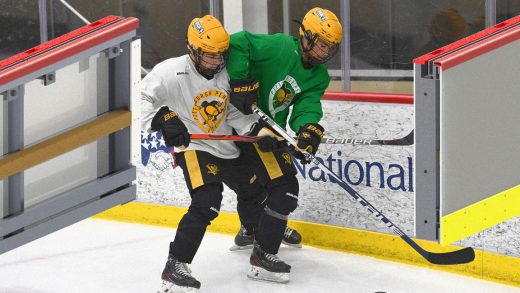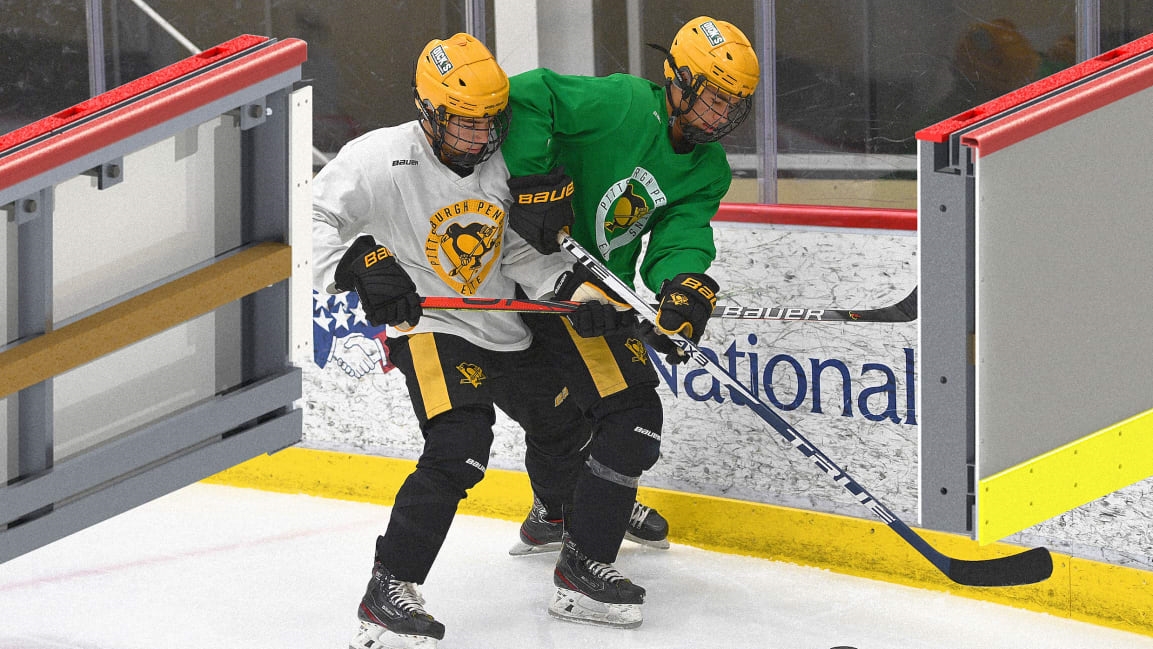How a devastating NHL crash is leading to safer hockey rinks
A split second after Pittsburgh Penguins hockey player Jake Guentzel scored late in a 2019 game, he slammed head first into the boards. Players hitting the walls in hockey is a regular occurrence, but the velocity and angle at which Guentzel made contact was particularly unlucky. Even worse was where he hit. Just behind the high-density plastic wall where Guentzel’s helmet and shoulder hit was one of the joints in the steel beams that make up the structure surrounding the rink. “There was no spread of the force through the boards,” says Penguins president David Morehouse. “There was no give whatsoever. It was a stainless steel wall.”
The break in Guentzel’s shoulder sidelined him for months. It also kicked off the development of a new piece of hockey equipment that could prevent others from suffering a similar fate.
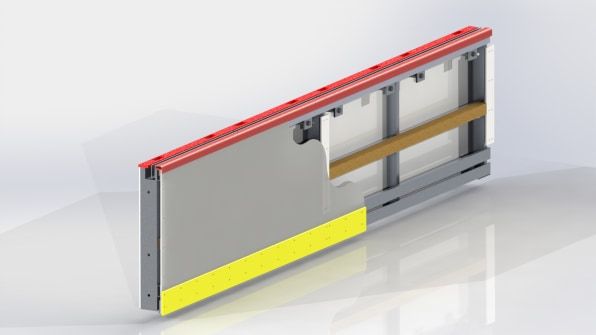
This crash and injury got Morehouse thinking about the so-called dasher boards of hockey rinks, a fundamental but overlooked part of the game. Unlike other sports, the boards around the ice are an integral part of the gameplay, and players often use them to redirect the puck or knock their opponents out of the way. The boards are hard and take a beating, but also unforgiving when met with the force of a human body. Morehouse wondered why.
At a subsequent game, watching alongside an executive from Covestro, a chemicals and materials company headquartered in Pittsburgh since 1958, Morehouse picked his brain.
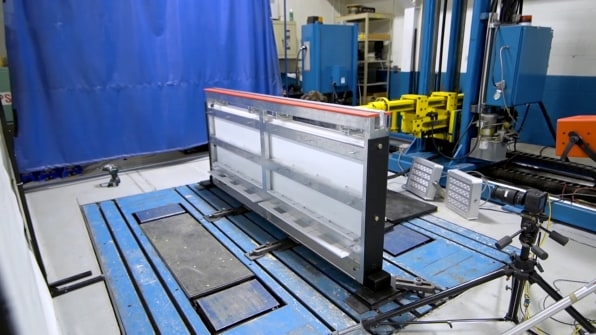
“We were standing next to our bench and I pointed to the boards and said: ‘You can’t tell me material science hasn’t advanced past solid steel backing with some kind of fiberglass-like board on top of it,’” Morehouse recalls. “And he said, ‘oh, it has.’”
Soon after, the Penguins joined with Covestro and Carnegie Mellon University’s (CMU’s) College of Engineering to explore how new materials and a new design could improve the safety of dasher boards in the notoriously dangerous game. They launched Rethink the Rink, a design challenge that teamed CMU students with scientists from Covestro. After months of development, they’ve come up with a new dasher board that’s able to absorb much more of the impact of a crash like Guentzel’s.
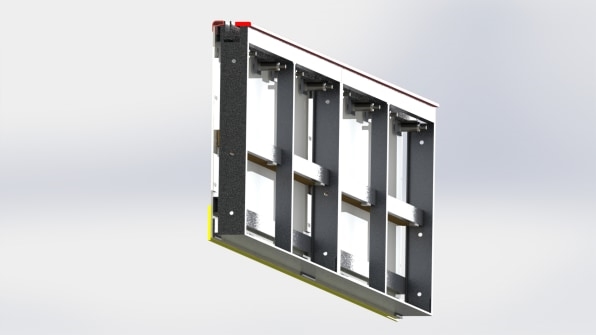
The new design adds a layer of crash-buffering polyurethane foam between the hard plastic boards and the steel structure behind them. Using crash test dummies propelled head first into the boards, the team found that the new board design reduced a collision’s force on the body by up to 65%.
Covestro purchased the intellectual property from the student team that developed the design, and is now working with Athletica Sport Systems, the leading manufacturer of dasher boards for the National Hockey League (NHL), to develop and market the product.
“If you look back, the industry started with basic lumber, concrete, and plywood, so we’re interested in any improvement in safety,” says Andrew McRae, CEO of Athletica Sport Systems. He says the new boards come at about a 20% price premium to what’s currently being used in most arenas, and he says it’s likely to take a few years to see them rolled out in lower level development leagues and eventually in the NHL itself.
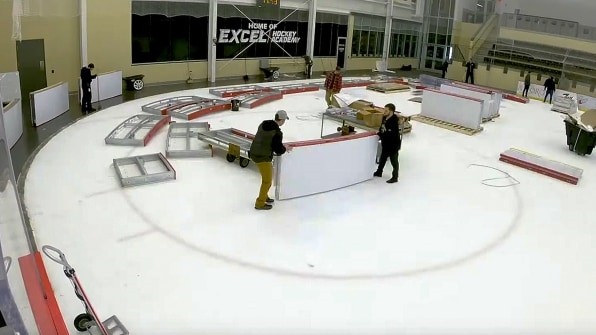
The new boards are already being used at the Penguins’ practice facility. Though safety was the main goal of the redesign effort, the new boards also had another challenge: not changing the game itself.
“Hockey players are very, very sensitive to this, especially at the level of the NHL. They won’t allow any change whatsoever on the bounce of the puck hitting the board,” says Haakan Jonsson, president of Covestro. “Trust me, they are picky.”
Covestro and the Penguins considered it validation when the new boards were installed and none of the players noticed, Morehouse says. The team plans to continue its partnership with Covestro and Carnegie Mellon University to develop other safety improvements, and Morehouse says they’re already collecting data on the new dasher boards and the rate of injuries compared to the previous, less-cushioned system.
Though these boards may one day end up around the rinks of the top teams in the sport, Morehouse says they are likely even more important at the amateur and youth hockey level. “There’s 32 teams in the NHL, and that’s it. The youth numbers are just exponentially higher,” he says. “Having a concussion is much more impactful in a negative way to a developing brain than it is to a fully developed brain.”
This risk is something Morehouse has grappled with personally. Just after launching the redesign effort, Morehouse’s 14-year-old son hit the boards at hockey practice and got knocked out.
“So that very day it hit home. That was my son’s first concussion. And it was because he went head first into the boards,” Morehouse says. “If he’d have gone head first and there was a little give, there’s a chance he wouldn’t have had a concussion.”
(24)

